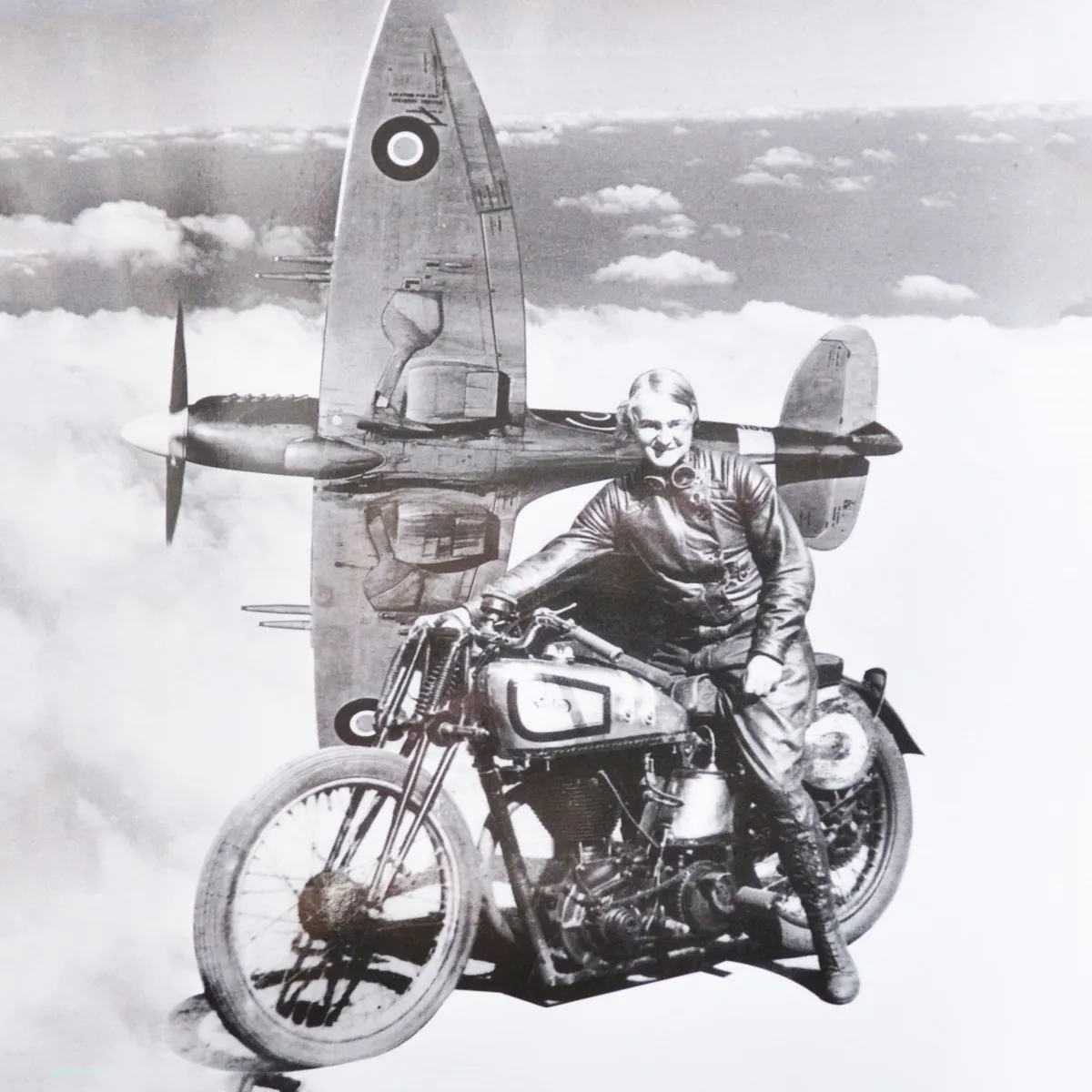Inventor of the R.A.E Restrictor
Hamish MacLeod, one of the Spitfire Association's past associate members, brought this item to our attention.
The early versions of the Rolls-Royce Merlin engine were equipped with a SU carburettor. When these airplanes performed a negative G force manoeuvre (pitching the nose hard down), fuel was forced upwards to the top of the float chamber of the carburettor rather than into the engine, leading to a loss of power. If the negative G continued, the fuel would collect in the top of the float chamber, forcing the float to the floor of the chamber. This would, in turn, open the needle valve to maximum, flooding the carburettor with fuel and drowning the supercharger with an over-rich mixture. This would lead to a rich mixture cut-out, which would shut down the engine completely, a serious drawback in combat. Negative G commonly occurs when manoeuvring to fire on an enemy aircraft in a dogfight.
During the Battles of France and Britain, the German fighter aircraft had fuel injected engines and did not suffer from this problem, as the fuel injection pumps kept the fuel at a constant pressure whatever manoeuvres were made. The German pilots could exploit this by pitching steeply forward while pushing the throttle wide open. British aircraft were unable to emulate the manoeuvre because this would result in a loss of power, or fuel flooding and engine shutdown. The British countermeasure was a half roll so the aircraft would only be subjected to positive G. However, this took enough time that the enemy often got away.
Complaints from the pilots led to a search for a solution. Beatrice 'Tilly' Shilling, a MSc graduate in Mechanical Engineering and a young engineer working at the Royal Aircraft Establishment at Farnborough, UK, came up with a disarmingly simple solution. Miss Shilling introduced a simple flow restrictor; a small metal disc much like a plain metal washer. The restrictor orifice was made to accommodate just the fuel needed for maximum engine power; the power setting usually used during dogfights. It came in two versions, one for a 12-psi manifold pressure and one for boosted engines with 15-psi manifold pressure.
While not completely solving the problem, the restrictor, along with modifications to the needle valve, permitted pilots to perform quick negative G manoeuvres without loss of engine power.
In early 1941, Miss Shilling travelled with a small team around the countryside to one Royal Air Force (RAF) base after another fitting the restrictors, giving priority to front-line units. By March 1941 the device had been installed throughout RAF Fighter Command.
This simple and elegant solution was only a stopgap: it did not allow inverted flight for any length of time. The problems were not finally overcome until the introduction of Bendix and later Rolls-Royce pressure carburettors in 1943. However, the R.A.E. restrictor, invented by Miss Shilling, made a significant difference to the pilots flying Spitfires during 1941 and 1943.
A longer version of this article originally appeared in the Association's newsletter, Spitfire News, Issue 100, March 2014. The content is drawn from our member's research.
______________________________________________________
We link to a longer story about Miss Shilling, which we have permission to feature from the University of Manchester (@UoMSciEng, @OfficialUoM):
www.manchester.ac.uk/discover/news/beatrice-shilling--engineer-and-battle-of-britain-heroine/


